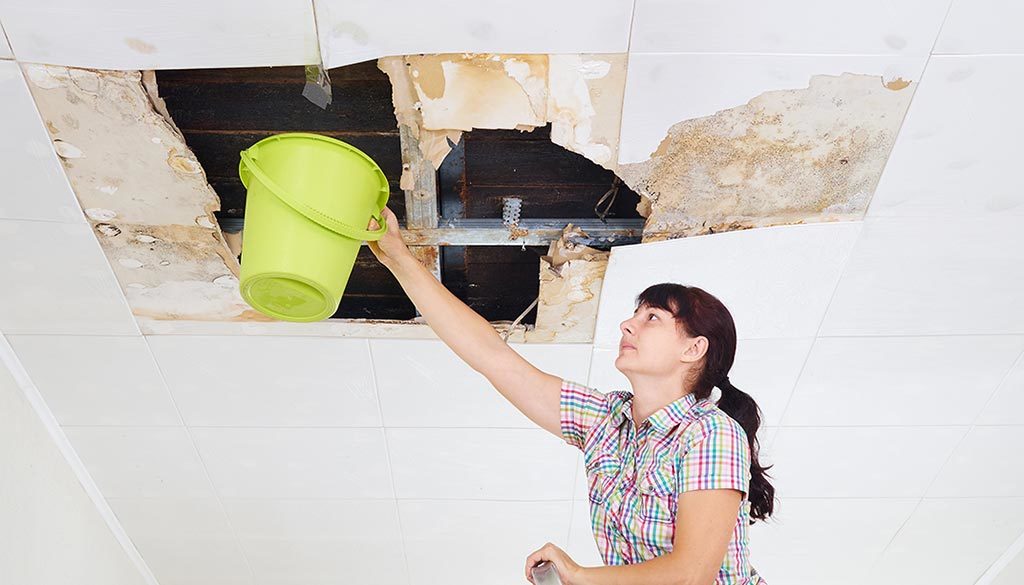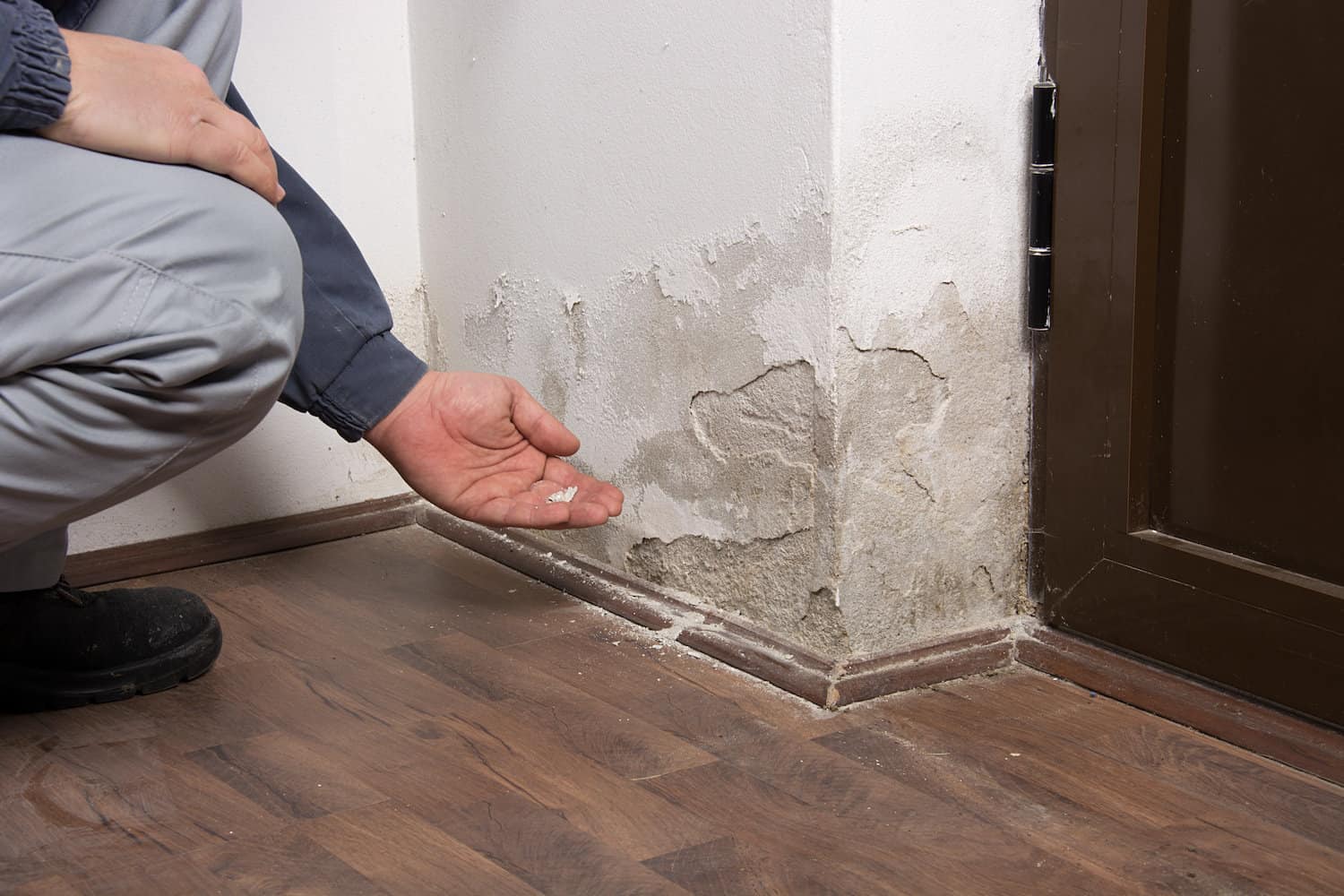Emergency Water Damage Restoration to Restore Your Property Quickly
Emergency Water Damage Restoration to Restore Your Property Quickly
Blog Article
The Refine of Water Damage Clean-up: Ensuring Your Home Is Brought Back Properly
Water damage can be a complicated challenge for property owners, demanding a meticulous and structured cleaning procedure to bring back safety and security and functionality. A detailed analysis is essential to recognize the level of the damages and establish the appropriate removal actions. Following this, reliable water removal strategies play a crucial duty in minimizing more injury. Nonetheless, the subtleties of drying out, sterilizing, and eventual remediation are equally important and commonly neglected. Comprehending these phases can make a substantial difference in the outcome of your home's restoration, triggering a closer take a look at what each step requires.
Evaluating the Damages
Upon finding water damages, the primary step is to completely assess the degree of the impact. This first assessment is critical, as it assists determine the necessary actions for effective clean-up and restoration. Begin by checking the affected areas, consisting of walls, ceilings, floors, and individual belongings, to determine the resource of the water intrusion, whether from flooding, leakages, or condensation.
Recording the damage is necessary for both insurance claims and intending restoration efforts - damage restoration services. Usage photographs and composed notes to record the seriousness of the damages, keeping in mind any afflicted architectural components and materials. Pay special interest to locations that may not be right away noticeable, such as behind wall surfaces and under rugs, as concealed dampness can lead to additional difficulties, consisting of mold and mildew growth
Furthermore, examine the timeline of the water exposure. Eventually, an extensive evaluation lays the groundwork for a successful water damage cleaning procedure, making sure that all impacted areas are dealt with efficiently and thoroughly.
Water Extraction Strategies

Experts usually utilize submersible pumps for larger quantities of water, which can promptly reduce flooding in basements or other impacted areas. For smaller sized quantities, wet/dry vacuums are frequently utilized to extract recurring moisture from carpetings and difficult surface areas. Furthermore, using mobile extractors allows for targeted elimination in confined rooms or areas with fragile materials.
In circumstances of contaminated water, such as sewer or floodwater, advanced removal strategies may entail making use of biohazard tools to make sure safety and compliance with wellness policies. High-powered removal tools are vital in minimizing water retention in architectural products, which can result in mold and mildew growth and structural damage if not attended to promptly.
Eventually, the performance of water extraction methods plays an essential role in the overall success of the water damages cleaning procedure, preparing for subsequent reconstruction efforts.
Drying and Dehumidification
Once standing water has actually been effectively extracted, the next important stage in the water damage cleanup process is drying and dehumidification. This action is important to avoid additional damage and mold and mildew development, which can take place within 24 to 2 days in damp environments.
To achieve efficient drying, specific devices such as industrial-grade air moving companies and dehumidifiers is used. Air moving companies flow air across damp surface areas, boosting dissipation rates, while dehumidifiers decrease humidity levels airborne, advertising a conducive atmosphere for drying out. The combination of these devices makes sure that wetness is attracted out from floors, furnishings, and walls, allowing them to dry thoroughly.
It is essential to monitor the drying out procedure carefully. Experts typically utilize moisture meters to assess the dampness web content in different materials, ensuring that all influenced locations reach acceptable dry skin levels. This meticulous strategy aids to stop covert moisture pockets that can cause structural damages or undesirable mold development.

Cleansing and Sanitizing
After the drying out and dehumidification phase is complete, the next crucial step in water damages clean-up is cleansing and disinfecting the affected areas. This procedure is vital to avoid the development of mold, microorganisms, and other virus that thrive in wet environments.
The cleansing stage normally involves eliminating any kind of debris, dust, and contaminants from surface areas making use of specialized cleaning representatives. For tough surfaces, a mix of soap and water or business cleaning products is usually employed. Soft materials, such as furniture and carpetings, may need extra comprehensive cleaning approaches, consisting of steam cleaning or deep removal strategies, to ensure complete sanitation.

Sterilizing complies with cleansing, making use of EPA-approved anti-bacterials to remove harmful microorganisms. This step is vital, especially in locations that might have entered into call with floodwaters or sewer, as these resources can present severe wellness threats.
In addition, it is essential to resolve any kind of continuing to be smells, which might need making use of odor neutralizers or advanced techniques like ozone therapy. Correct cleansing and sterilizing not only restore the safety and hygiene of your home yet also lay the foundation for effective restoration and fixings in subsequent phases of the water damage clean-up process.
Remediation and Repairs

As soon as the assessment is complete, repair initiatives can start. Additionally, flooring might require similar interest, depending on the level of water direct exposure.
It is crucial to engage skilled restoration specialists during this procedure, as they possess the know-how to take care of complex repair work successfully. They can help mitigate potential future issues, such as mold development or architectural instability, hence making certain a habitable and secure living setting. Inevitably, reliable reconstruction and fixings recover the home's stability and improve its total worth.
Final Thought
Finally, the process of water damage cleanup is critical for recovering a home to its pre-damage problem. Each stage, from evaluating the damage to implementing reliable water removal methods, followed by comprehensive drying, disinfecting, and needed repair work, plays a vital function in ensuring safety and security and conformity with building criteria. Reliable execution of these actions not just reduces prompt damages but additionally improves the long-term honesty and value of the home.
Water damage can be a daunting difficulty for homeowners, requiring a thorough and structured cleanup procedure to recover security and capability. Eventually, a comprehensive analysis lays the foundation for an effective water damage cleaning process, guaranteeing that all influenced locations are dealt with efficiently and extensively.
Reliable water removal methods are important in minimizing damage and avoiding additional difficulties adhering to a water intrusion event.In conclusion, the process of water damage clean-up is important for recovering a home to its pre-damage problem. Each stage, from assessing the damage to executing efficient water extraction methods, complied with by complete drying out, sterilizing, and needed fixings, plays a crucial duty in ensuring safety and security and conformity with structure criteria.
Report this page